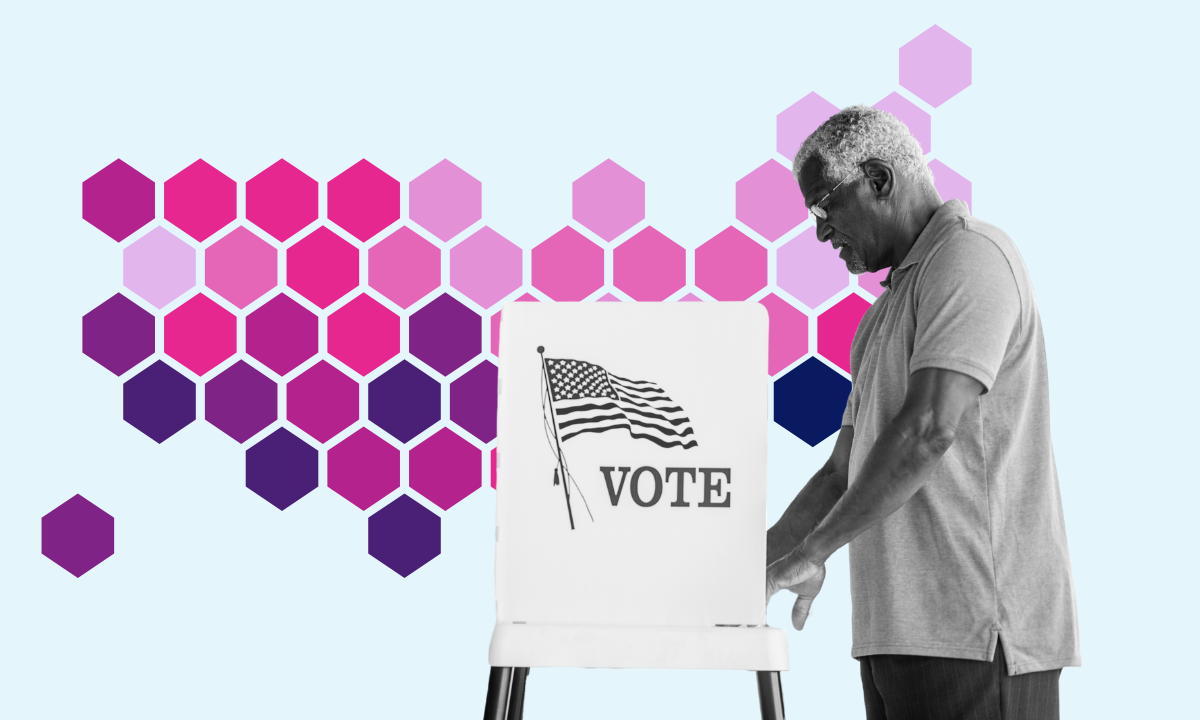Population
How does voter turnout in the US differ by state, age and race?

The number of Americans 65 and older is on the rise due to the combination of an aging baby boom generation and a decreasing death rate for older people, according to an analysis of government data.
The national population over the age of 65 more than doubled between 1980 and 2020. Two-thirds of that growth has occurred since 2000. The 65 and older group grew by more than 20.5 million people, a 59% increase, during that time.
The largest contributor to the number of elderly people is the aging of the large baby boom generation.
The first members of the baby boom generation, or the group of people born between 1946 and 1964, turned 65 in 2011.
In 2000, there were 62 million people between the ages of 45 and 64. That group of mostly baby boomers was 77% larger than the 65 and older population at the time. As the group aged, the elderly share of the population increased.
In addition to the aging of baby boomers, older people in the US are living longer. The death rate for people ages 65 or older declined 24% between 2000 and 2019 before increasing 15% in 2020, the first year of the COVID-19 pandemic.
Migration is the last factor that contributes to the number of elderly people in the US.
Net migration is a measure of the net effect of people moving to and from a region. One way to estimate it is by taking the number of people in a group for a given year and comparing the deaths and population size at a later point in time.
In 2000, there were 97 million Americans in the 45 and older group. From 2000 to 2020, 43 million people in that group died.
So, if no one in the age group moved in or out of the country from 2000 to 2020, there would be about 55 million Americans 65 and older. But as of 2020, the group was larger than that. The increase of 790,000 people can be attributed to net migration.
As of 2020, the share of total population ages 65 and older is largest in Maine, Florida, West Virginia, and Vermont. Over 20% of the population in these states is elderly.
Out of those four states, Maine, Vermont, and West Virginia had large populations of baby boomers[1] in 2000, explaining most of the reason for their higher share of older population by 2020.
But Florida, the state with the second-largest elderly population percentage, can attribute its numbers to net migration. From 2000 to 2020, net migration accounted for an increase of 1 million people to the now 65 and older group. The only states with higher rates of net migration were Nevada and Arizona.
Utah, Washington, DC, Alaska, and Texas have the lowest elderly shares of their populations, all under 13%.
While the elderly are a small part of Alaska and Utah’s populations, the growth rate of the group was among the highest in the country in both states.
Between 2000 and 2020, Alaska more than doubled its relatively small elderly population, the largest increase of any state.
Utah’s elderly population increased by 95%, the fifth-largest increase over the same time period.
To explore interactive data about the population of US states and counties, check out USAFacts’ Our Changing Population feature and get the facts every week by signing up for our newsletter.
Maine, Vermont, and West Virginia had larger than average populations of people between the ages of 45 and 64 in 2000, most of which were in the baby boom generation.
Newsletter
Keep up with the latest data and most popular content.